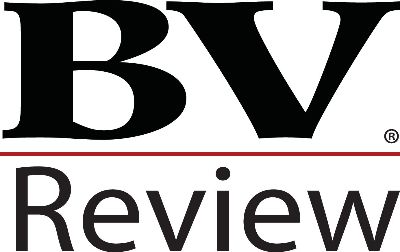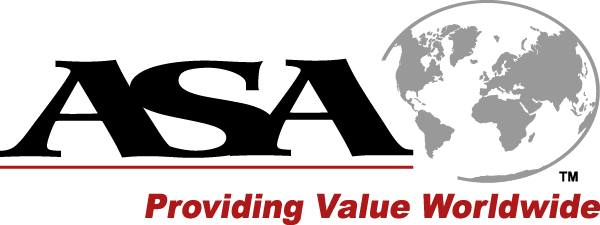Two Methods to Adjust Observed Control Premia for Valuation Purposes
The greater a target company’s leverage, the less cash, or acquirer’s shares, a buyer needs to control the target enterprise. Based on this idea, the Appraisal Foundation Working Group’s Discussion Draft, The Measurement and Application of Market Participant Acquisition Premiums, recommends as a best practice that appraisers adjust takeover premia for leverage. Previous recent research found empirical results consistent with this, namely, that higher equity takeover premia are related to higher pre-deal leverage levels, controlling for size, industry, profitability, and other factors. In this article, we provide valuation professionals with two methods with which to adjust observed transaction premia, based upon the subject appraised company’s leverage along with other company and deal characteristics that can be captured through use of readily available market data.

Descriptive Statistics

Descriptive Statistics: Quintiles Based on PCTUNAFFEQ

Equity Control Premium Calculation—First Method

Adjustment Factor Calibration

Equity Control Premium Calculation—Second Method
Contributor Notes
Vincent Covrig, PhD, CFA, is a professor at California State University, Northridge, and with Crowe, Horwath LLP.
Daniel McConaughy, PhD, ASA, is a professor at California State University, Northridge, and with Crowe, Horwath LLP.
Mary Ann K. Travers, ASA, is a partner at Crowe Horwath LLP, where she serves as the national Valuation Services Practice Leader.

